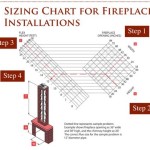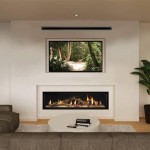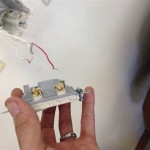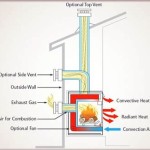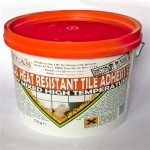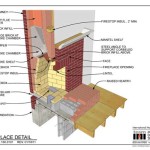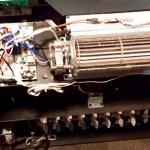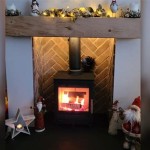The Essential Guide to In-Home Fireplaces
In-home fireplaces have remained popular for centuries, and for good reason. Their warm glow, crackling sounds, and inviting ambiance can transform any room into a cozy haven. However, selecting and installing a fireplace is a significant decision that requires careful consideration.
To help you make an informed choice, let's explore the essential aspects of in-home fireplaces:
Types of Fireplaces
Wood-burning fireplaces provide the traditional warmth and ambiance of a real fire. They require a chimney for ventilation and produce charming crackling sounds. However, they also have higher maintenance and cleaning requirements.
Gas fireplaces offer convenience and ease of use. They do not require a chimney, burn cleanly, and provide instant heat. However, they may lack the authenticity and aesthetics of wood-burning fireplaces.
Electric fireplaces are the most affordable and low-maintenance option. They do not produce heat but can provide a realistic flame effect for cozy ambiance.
Fuel Source
Wood is a traditional fuel source that creates a warm, inviting atmosphere. It is readily available and relatively affordable in many areas but requires proper storage and maintenance.
Natural gas is a clean-burning fuel that burns efficiently and provides consistent heat. It requires professional installation and connection to a gas line, which may add to the overall cost.
Electricity is a convenient fuel source that does not require ongoing maintenance or fuel procurement. However, electric fireplaces do not produce actual heat, so they may not be suitable for primary heating purposes.
Fireplace Design and Features
Fireplace design can significantly impact the overall aesthetics of a room. Consider the style, material, and dimensions of the fireplace to complement your decor and space constraints.
Additional features such as fire screens, mantles, and built-in storage can enhance the functionality and appeal of your fireplace. Explore various options to find the perfect combination that meets your needs and preferences.
Safety and Maintenance
Fire safety is paramount when it comes to fireplaces. Ensure proper installation and adherence to building codes. Install smoke and carbon monoxide detectors near the fireplace and practice safe fire-starting techniques.
Regular maintenance is essential to keep your fireplace functioning safely and efficiently. Schedule annual professional inspections for wood-burning fireplaces and have gas fireplaces serviced according to manufacturer recommendations.
Conclusion
In-home fireplaces can add warmth, ambiance, and sophistication to any living space. By considering the factors discussed above, you can make an informed choice that meets your specific needs and preferences. Whether you opt for a wood-burning fireplace to evoke a nostalgic charm or a gas or electric fireplace for convenience and ease of use, an in-home fireplace is sure to transform your home into a cozy and inviting retreat.

5 Benefits Of Having A Fireplace In Your Home Vertical Chimney Care

Do I Need A Fireplace In My New Home Direct Fireplaces

Pros And Cons Of A House With Fireplace Rismedia

45 Freestanding Electric Fireplace Gray Home Essentials Target
10 Reasons To Add A Gas Fireplace Your Home Heat Glo

Things To Keep In Mind Before Adding A Fireplace Your Home

Heating Your Home With A Fireplace Doctor Flue Mi Oh

Unconventional Ways To Incorporate A Fireplace Into Your Home

Home Is Where The Hearth Snuggling By Fireplace On A Winter Night

Heating Your Home With A Fireplace Doctor Flue Mi Oh

